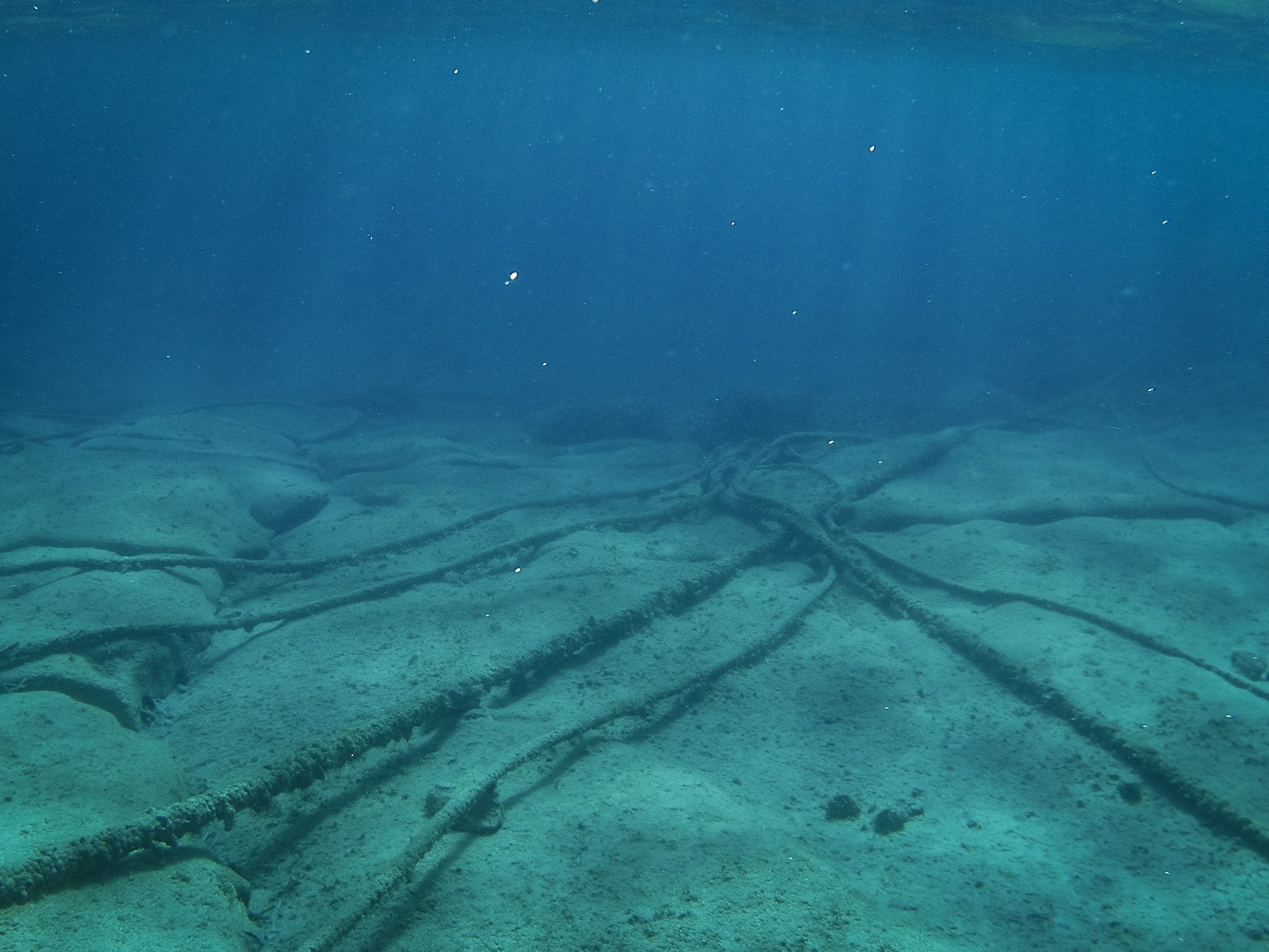During discussions about the possible impact on Brazil’s internet infrastructure, The construction of a desalination plant in Praia do Futuro in Fortaleza has been authorized by the government of Ceará, Wednesday (20). The work will be carried out in an area close to the installation site of submarine fiber optic cables.
Ceará Water and Sewage Company (Cagece) is responsible for the project. There is no risk for the operation of submarine cables passing through the region.. According to the state-owned company, technical studies demonstrated the security of the project, eliminating the possibility of digital outages.
It is one of the regions of Brazil closest to Europe. Praia do Futuro is the entry point for fiber optic cables that distribute the internet signal throughout Latin America. The network launched on the coast is responsible for 99% of data traffic and guarantees high-speed connectivity on the continent.
From the capital Ceará, submarine cables go to Rio de Janeiro, São Paulo and other countries in this part of the continent. If there is an outage in the network connecting Brazil to Europe, it is possible that internet service will be slow or unavailable.It affects a large number of users.
Anatel does not approve the study
The National Telecommunications Agency (Anatel) opposes the construction of the desalination plant in Praia do Future. According to the agency, the project does not take into account 11 recommendations cited by the International Cable Protection Committee (ICPC), as well as the possibility of affecting the process of removing salt from seawater on the seabed.
According to Anatel, the consortium that would carry out the work implemented only one of the recommendations. By changing the position of the pipes relative to the submarine cables, the length is increased from the original 40 m to 567 m.. According to the news, telecommunication companies are also concerned about the work. g1.
The project is now subject to the issuance of the facility’s Installation License from the State Environmental Inspectorate (Semace). If there is no intervention in the process, The work, whose budget is set at R$ 3.2 billion, is expected to start in March 2024 and be completed within two years..
Source: Tec Mundo
I am a passionate and hardworking journalist with an eye for detail. I specialize in the field of news reporting, and have been writing for Gadget Onus, a renowned online news site, since 2019. As the author of their Hot News section, I’m proud to be at the forefront of today’s headlines and current affairs.











